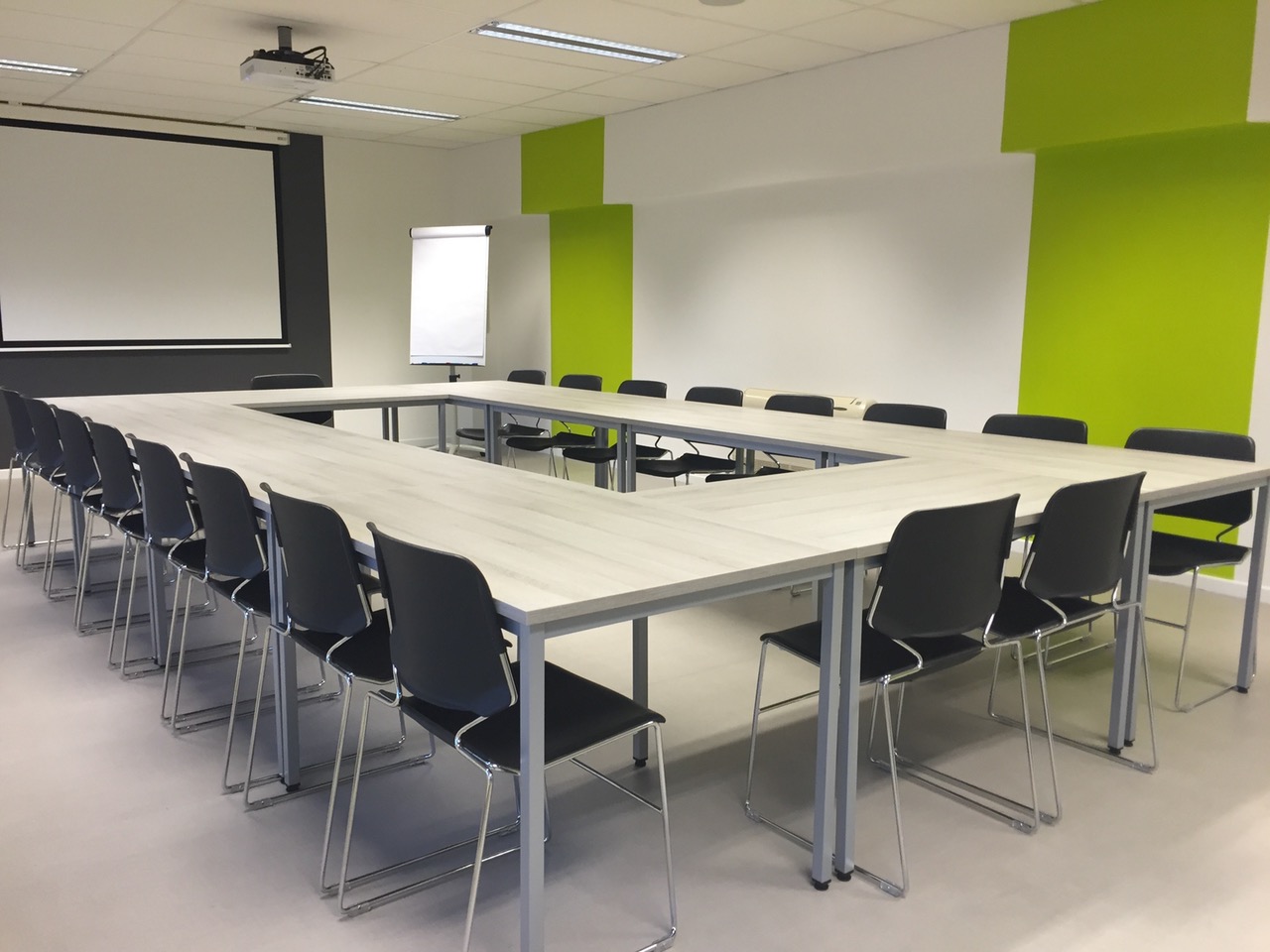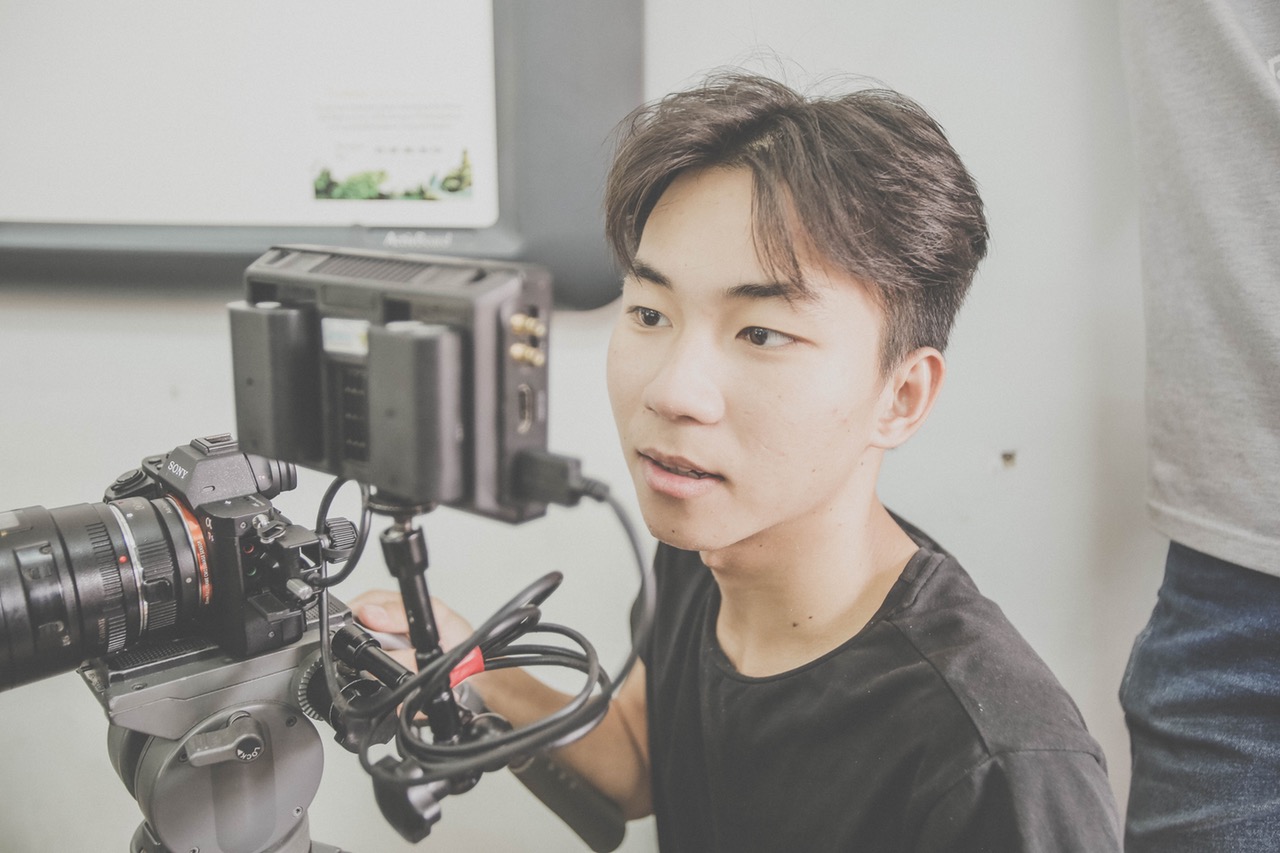Good with Technology
[et_pb_section bb_built=”1″ admin_label=”section”][et_pb_row admin_label=”row”][et_pb_column type=”4_4″][et_pb_text admin_label=”Text” background_layout=”light” text_orientation=”left” use_border_color=”off” border_color=”#ffffff” border_style=”solid”]
Here’s another one of my analogies for you:
Being “good with technology” : integrating technology :: being good at cursive : writing ability
The fact of the matter is that most people in the professional world are “good with technology”. It’s pretty much a given these days. I noticed this the other day while sitting in a meeting with a group of non-teachers. We were discussing an app we would all be using this summer. A gentleman who was the designated “tech guy” in the room explained everything he could think of about the app as he glanced at his laptop in front of him.  At one point, another gentleman jumped up to project what was on his iPhone to the screen to demonstrate. The rest of the group listened and looked on without batting an eye. There was even a suggestion from the group about a better way to display it on the screen. No one was awed. No one rocked back in their chair to whisper to their neighbor, “this is SO cool!”
At one point, another gentleman jumped up to project what was on his iPhone to the screen to demonstrate. The rest of the group listened and looked on without batting an eye. There was even a suggestion from the group about a better way to display it on the screen. No one was awed. No one rocked back in their chair to whisper to their neighbor, “this is SO cool!”
Now the gentleman who was giving the demonstration was actually a good teacher. But it wasn’t the fact that he was proficient with the technology that made him good. Everyone there very competently accessed their calendars, searched and referenced emails, and analyzed data on a Google Sheet. But he–he–was a good teacher. The technology enabled him to become even better at what he did. …But I, of course, as the professional educator in the room, quickly composed my list of ways he could have done an even better job than what he did. And I proceeded to keep it to myself.
A good writer
 I remember being in 2nd grade, learning to write cursive in my D’Nealian workbook. At one point, my teacher labeled me as a “good writer”. What she meant was not what we teachers mean when we say the same thing–but I believed it was because that’s what she said and I didn’t know any better. It was no less than a few years before I realized that being a good writer had almost nothing to do with being good at writing in cursive. It still doesn’t. There are many good writers who write in beautiful cursive and probably just as many–or more–who don’t.
I remember being in 2nd grade, learning to write cursive in my D’Nealian workbook. At one point, my teacher labeled me as a “good writer”. What she meant was not what we teachers mean when we say the same thing–but I believed it was because that’s what she said and I didn’t know any better. It was no less than a few years before I realized that being a good writer had almost nothing to do with being good at writing in cursive. It still doesn’t. There are many good writers who write in beautiful cursive and probably just as many–or more–who don’t.
The same goes for being “good with technology”. It doesn’t inherently make us good at integrating technology in our classrooms–and it doesn’t magically make us good teachers. There are plenty of phenomenal teachers out there who don’t use very much technology. There are plenty of teachers out there who are doing great things by integrating technology. And, if we’re honest with ourselves, we can all improve.
How do we really know how good we are?
Part of the reason I believed I was a good writer (aside from the fact that my teacher told me I was and what teachers said was true especially if it was something nice) is because I was never really presented with a standard by which to assess my writing ability until much later.
Perhaps the same is true when it comes to our assessment of ourselves in integrating technology in our classrooms. Sure, we might be good with technology, but that’s not really the point. We’re not getting paid for that and our being good with technology has little impact on learning (Cf. “tech guy”, above). What will impact learning is integrating the technology we know to change learning, make learning experiences richer, make learning more effective and efficient, and innovate with the technology to have kids do things that are impossible without it.
So how do we know what’s good and what’s not? Well, like most things, there isn’t just one way to know for sure. Fortunately people have been thinking about all this stuff for quite some time and have developed some helpful conventional wisdom. I think that’s a good place to start. There are 3 independent models out there that, if laid on top of each other, can provide lenses through which to really self-assess our technology integration. They are (in no particular order):
[button link=”https://hippasus.com/rrpweblog/archives/2016/08/SAMREdTechQuintet_DeeperDive.pdf” color=”orange” newwindow=”yes”] The SAMR Model[/button] [button link=”https://tpack.org/” color=”green” newwindow=”yes”] The TPACK Model[/button] [button link=”https://fcit.usf.edu/matrix/matrix/” newwindow=”yes”] The TIMS Matrix[/button]
There will be more to come, for sure. We’ve never really arrived and we can’t ever stand still. What we can do is begin to take steps in a helpful direction. We have to walk before we can run. We must continue to experiment, take risks, and adapt what has worked.
The one thing we can’t be is satisfied with merely being good with technology.
[/et_pb_text][/et_pb_column][/et_pb_row][/et_pb_section]
